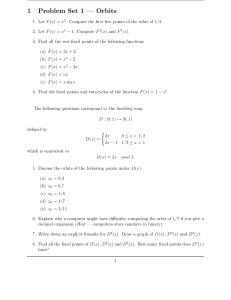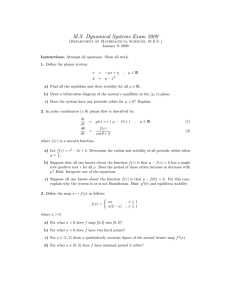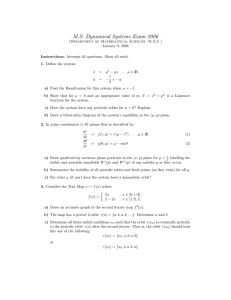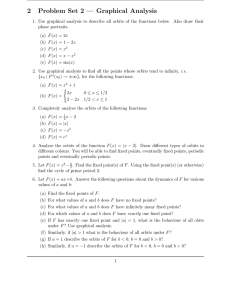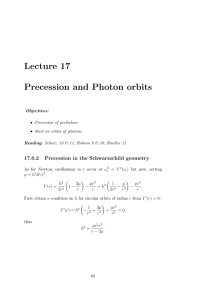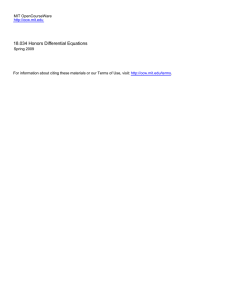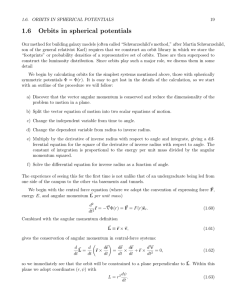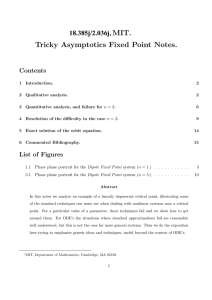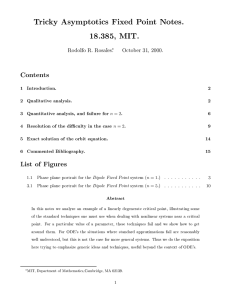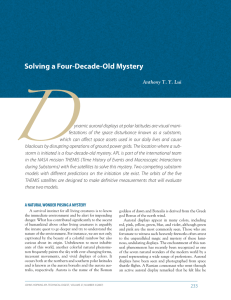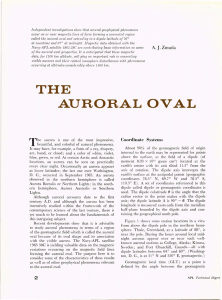Document 12701855
advertisement
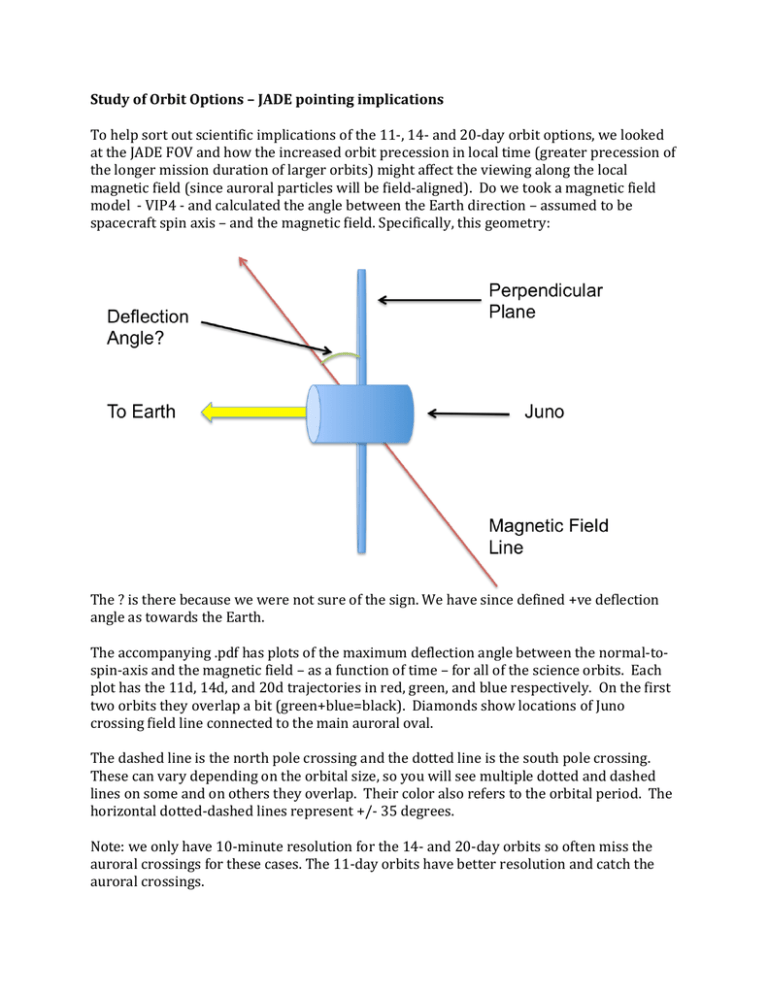
Study of Orbit Options – JADE pointing implications To help sort out scientific implications of the 11-­‐, 14-­‐ and 20-­‐day orbit options, we looked at the JADE FOV and how the increased orbit precession in local time (greater precession of the longer mission duration of larger orbits) might affect the viewing along the local magnetic field (since auroral particles will be field-­‐aligned). Do we took a magnetic field model -­‐ VIP4 -­‐ and calculated the angle between the Earth direction – assumed to be spacecraft spin axis – and the magnetic field. Specifically, this geometry: The ? is there because we were not sure of the sign. We have since defined +ve deflection angle as towards the Earth. The accompanying .pdf has plots of the maximum deflection angle between the normal-­‐to-­‐ spin-­‐axis and the magnetic field – as a function of time – for all of the science orbits. Each plot has the 11d, 14d, and 20d trajectories in red, green, and blue respectively. On the first two orbits they overlap a bit (green+blue=black). Diamonds show locations of Juno crossing field line connected to the main auroral oval. The dashed line is the north pole crossing and the dotted line is the south pole crossing. These can vary depending on the orbital size, so you will see multiple dotted and dashed lines on some and on others they overlap. Their color also refers to the orbital period. The horizontal dotted-­‐dashed lines represent +/-­‐ 35 degrees. Note: we only have 10-­‐minute resolution for the 14-­‐ and 20-­‐day orbits so often miss the auroral crossings for these cases. The 11-­‐day orbits have better resolution and catch the auroral crossings.
